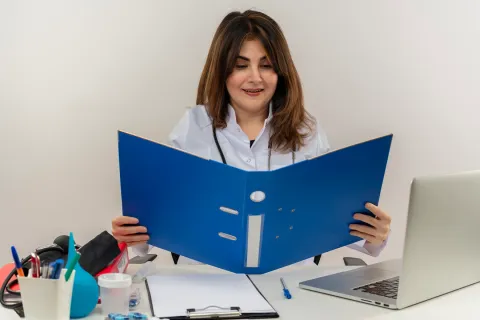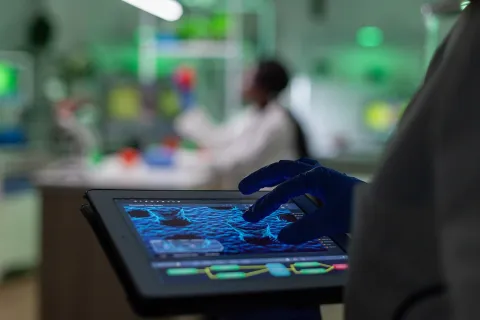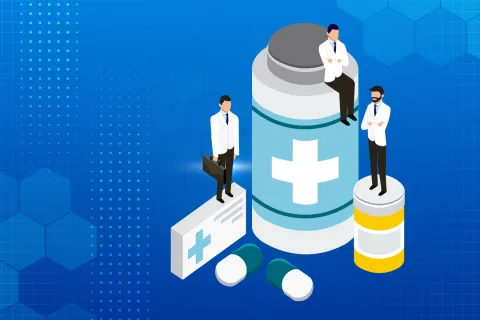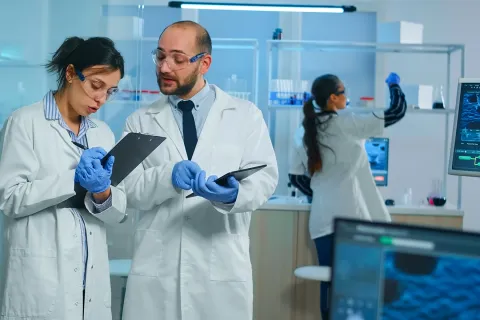
In the highly regulated pharmaceutical industry, contamination control is a critical aspect of ensuring product safety, efficacy, and Regulatory compliance. As the sector faces increasing scrutiny from Regulatory bodies, companies must adopt robust strategies to mitigate contamination risks. By implementing comprehensive contamination control measures, pharmaceutical manufacturers can safeguard product quality, protect patient health, and maintain compliance with industry standards. Here are key strategies that can enhance contamination control while ensuring compliance with Good Manufacturing Practices (GMP) and other Regulatory requirements.
Facility Design and Maintenance
A well-designed facility is the first line of defense against contamination. Implementing controlled environments with advanced HVAC systems, high-efficiency particulate air (HEPA) filtration, and appropriate pressure differentials is crucial for minimizing contamination risks. Regular maintenance and monitoring of facility infrastructure are essential to upholding cleanliness standards and preventing contamination. This includes routine cleaning, disinfection, and validation of critical areas to ensure that the facility consistently meets or exceeds Regulatory requirements.
Personnel Training and Hygiene
Human error is a significant source of contamination in pharmaceutical manufacturing. Comprehensive training on hygiene practices and contamination control protocols is crucial for all personnel involved in the manufacturing process. Employees should be well-versed in gowning procedures, proper hand hygiene, and the importance of adhering to contamination control protocols. Regular training sessions should reinforce awareness of contamination risks and preventive measures, ensuring that all staff members understand their role in maintaining a clean and controlled environment.
Raw Material and Equipment Control
Contamination can originate from raw materials and equipment used in the manufacturing process. Implementing rigorous inspection protocols for incoming materials is essential to ensure they meet contamination standards. This includes visual inspection, testing, and documentation to verify the quality and purity of raw materials. Establishing strict cleaning and sterilization procedures for equipment and packaging materials is also crucial to mitigate contamination risks. Regular monitoring and validation of these processes help to ensure their effectiveness and maintain compliance with GMP requirements.
Environmental Monitoring
Continuous monitoring of environmental conditions is vital for early detection of contamination. Conducting regular sampling and testing of air, surfaces, and water helps to identify potential contamination sources and ensure that the facility meets specified cleanliness levels. Utilizing real-time monitoring systems and microbial surveillance allows for immediate detection of deviations from established limits, enabling prompt corrective actions to maintain optimal environmental conditions.
Adherence to GMP
Compliance with GMP guidelines is non-negotiable in the pharmaceutical industry. GMP regulations provide a comprehensive framework to ensure the cleanliness, integrity, and traceability of pharmaceutical products throughout the manufacturing process. Companies must establish and maintain GMP-compliant procedures to uphold contamination control standards, including documentation, change control, and deviation management. Regular audits and inspections help to verify adherence to GMP requirements and identify areas for improvement.
Risk Assessment and Management
Conducting thorough risk assessments is essential for identifying contamination sources and prioritizing control measures. Implementing risk-based approaches allows companies to allocate resources effectively and focus on the most critical areas. Regular review and updating of risk management strategies ensure ongoing effectiveness in contamination control efforts. This includes evaluating the impact of changes in processes, equipment, or personnel on contamination risks and implementing appropriate mitigation strategies.
Validation and Verification
Validation of cleaning and sterilization methods is crucial for demonstrating their effectiveness in reducing contamination risks. Establishing validation protocols helps to ensure that control measures consistently meet specified acceptance criteria and maintain product quality. Regular audits and inspections verify adherence to established standards and protocols, identifying any deviations or areas for improvement. Maintaining comprehensive documentation of validation activities and results is essential for demonstrating compliance to Regulatory authorities.
Conclusion
By implementing these comprehensive strategies, pharmaceutical companies can significantly enhance their contamination control measures, ensuring compliance with Regulatory requirements and safeguarding public health. Mastering these strategies not only protects product quality but also reinforces the credibility of the pharmaceutical industry. As the Regulatory landscape continues to evolve, staying ahead of contamination control challenges will be crucial for pharmaceutical companies to maintain their competitive edge and ensure the safety and efficacy of their products.









